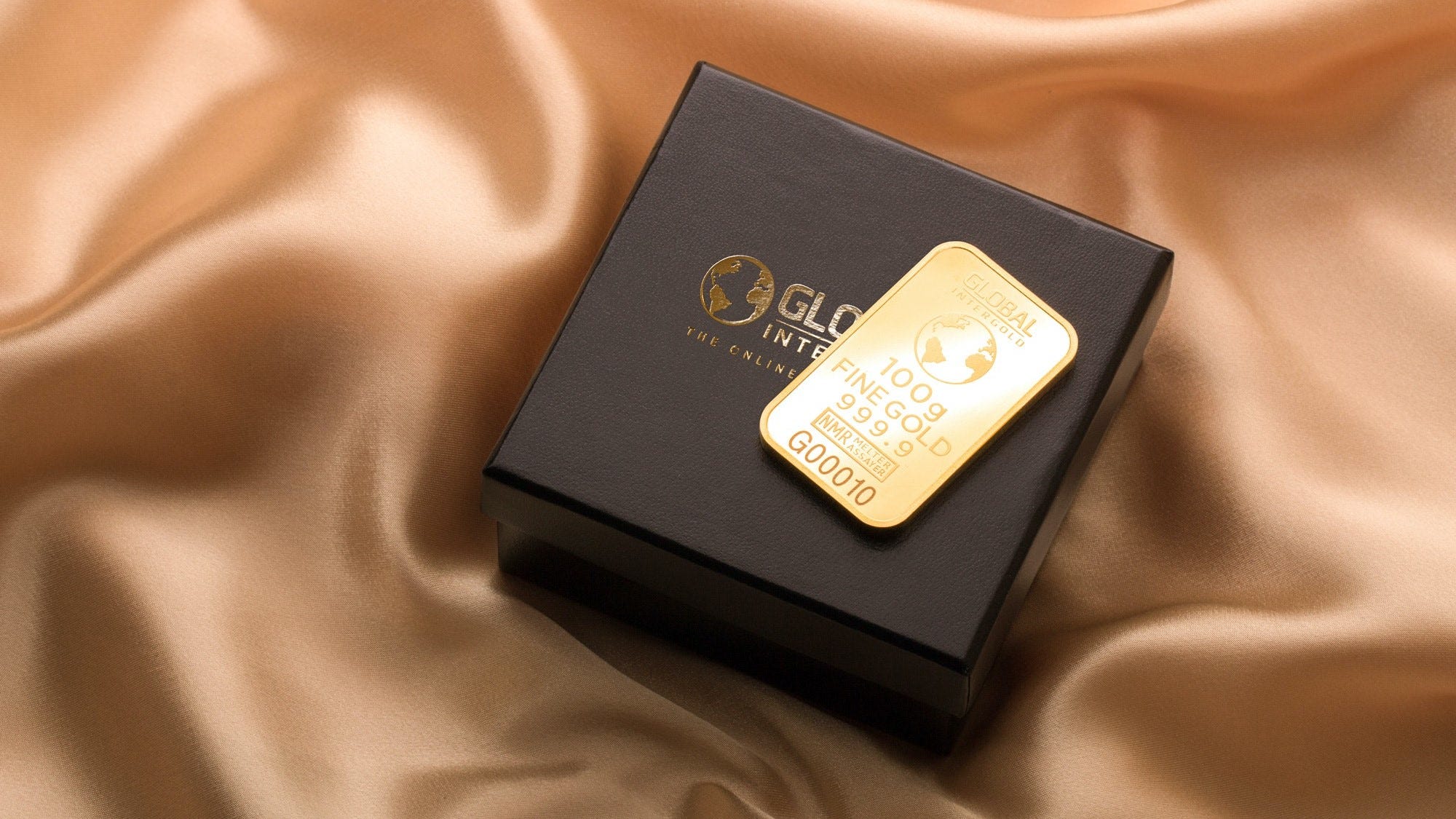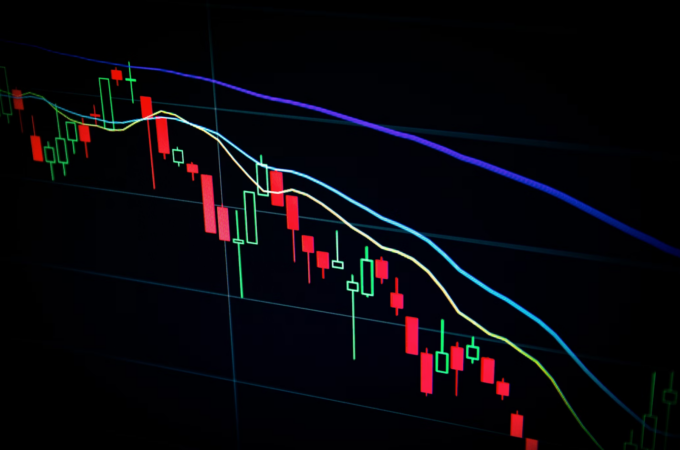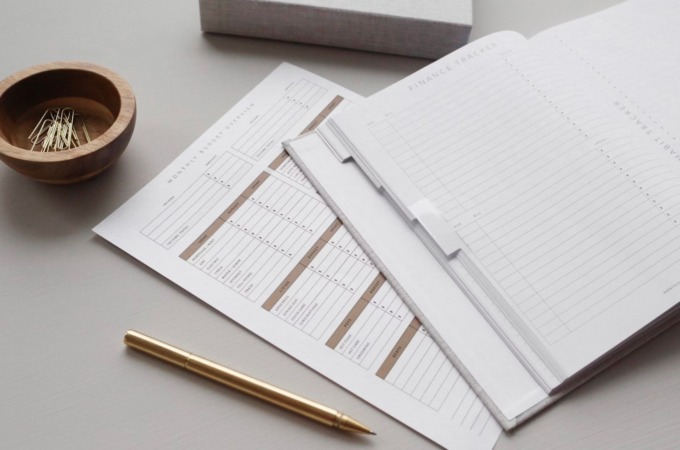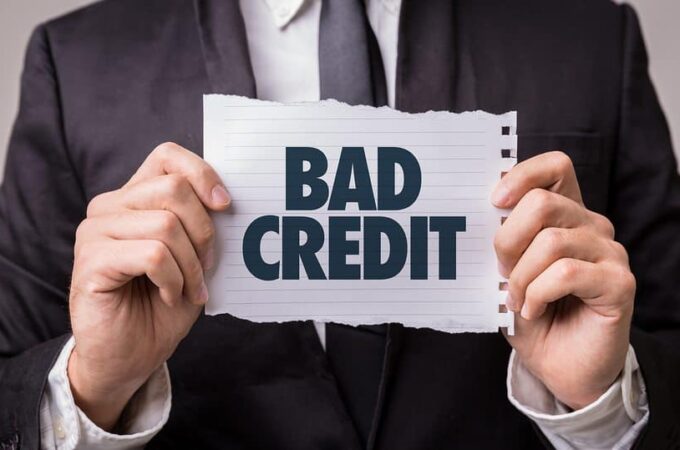
Your Guide to Fees For Gold Storage
Scrolling through most social media apps right now, and even just browsing on a search engine, it’s hard to avoid the buzz surrounding investing on precious metals right now. I’ve certainly noticed it, and it started to get me thinking about whether or not getting involved is actually viable for most folks. After all, as hyped up as investing in assets like precious metals are, I’m the type who’s always looking for a catch.
As it happens, there kind of is one. Though, I think it’s exaggerated a lot. That’s why, today I would like to explain to you what some of the “hidden fees” behind investing in gold are. Primarily, we’ll focus on the costs associated with storing it, but there are some other things to touch upon as well.
How Does Gold Investing Work, anyway?

Now, I only think it’s fair to delve into how this operates before we really look at the fees associated with it. There’s a ton of stuff out there about why you should buy gold, after all, but not much about how it works. You can find an example of that here, https://www.businessinsider.com/personal-finance/how-to-invest-in-gold, another site that offers some interesting perspectives on how this is looking in 2023.
There are a few main components to keep in mind if you’re planning to start investing in precious metals. First, the “big four” as I like to call them are gold, silver, platinum, and palladium. It’s a good idea to get familiar with each of them, although personally I don’t actually invest in all of them. Still, getting the lay of the overall market is never a bad idea.
There are two main ways that folks get involved with the gold market. The first is to purchase something known as a “security,” which looks like either futures, stocks, or funds for companies that are involved with the industry as a whole. This is the more convenient option to some extent, but it’s also a lot riskier.
The other is to buy the bullion directly. Bullion is just another word for the bars that we see a lot of precious metals come in when they’re stored. What makes it different from something like ingots or coins is that it is only considered official bullion if it’s got 99.5% content of the pure precious metal (usually silver or gold). It tends to be a bit more expensive than the former option, but it is less risky as well.
Physical Gold – How You Can Invest

The thing with physical gold investing is that you can go about it in a few ways, each of which have some caveats to keep in mind. The most common that I’ve seen is to get the bullion itself. Usually, it’s either made by pressing ingots down into a slimmer format or by smelting the bars themselves. The latter tend to be more expensive since they have a higher gold content, and that’s what bullion is.
The tough thing with these is the fact that you have to store them. In addition to that, the IRS (Internal Revenue Service) does tax the purchase of precious metals for investment. Your holdings will have that tax applied to them as well, so just keep that in mind. The length of time that you own it can play a big part in the breakdown of fees that you’ll find as you figure out where you want to keep it stored.
As far as the other way to get involved with physical gold investment goes, it’s easy in comparison – gold coin collections count (depending on which coins you have). When I say easy, I’m more referring to acquiring the gold, since it’s typically less expensive to purchase gold coins. However, they’re much more difficult to sell off in a pinch, which does somewhat defeat the purpose of having this style of asset.
It’ll be up to you to weigh the pros and cons there – I think each method can be useful in its own ways. In fact, arguably it’s a good idea to diversify your resources and dip your toes into both types if you’re able to. As they say, don’t put all your eggs into one basket, right?
Is it Worth it?

On another note, though, you might be wondering if this style of investing is still going to be worthwhile as we enter 2023. Sure, it might only be February right now, but it’s not too early to project what the trends will be throughout the rest of the year as well. So, what is the market looking like?
For the most part, it seems like most finance experts are on the same page here: precious metals seem to be quite promising. As you can see on this page, https://www.cbsnews.com/news/how-to-start-investing-in-gold/, there’s some good news for those interested in investing in alternative assets such as precious metals. Since we’re seeing high levels of inflation for most global currencies, most people are looking for assets outside of liquid currency anyhow.
Naturally, that’s where precious metals come into play. We’ve seen this sort of thing happen before in terms of the prices of them in times of economic duress – mostly, people are willing to sink more money into gold when they have less confidence in the paper money in a country. Precious metals don’t really lose value over long periods of the time in the same way, so they tend to be more popular in periods like the one we’re seeing now.
Beyond that, though, is there any other reason to start now? Well, even though there are fees for holding onto gold for long periods of time (be that the charge from a custodian that is storing it for you or from the IRS), it’s an asset that can be quite useful for something such as a retirement fund.
If you weren’t already aware, you can actually open retirement accounts (known as IRAs or individual retirement arrangements) specifically designed for precious metals. That’s one way that people end up storing their bullion, although as I’ve noted throughout this article, it’s far from the only one.
Of course, at the end of the day it will be your decision in terms of how you want to store your gold and whether or not you want to deal with the additional fees. They’re really not too bad, thankfully, which is why I think there’s way too much chatter online about the how horrible and ridiculous they are – for the most part, they’re just something to be prepared for!




